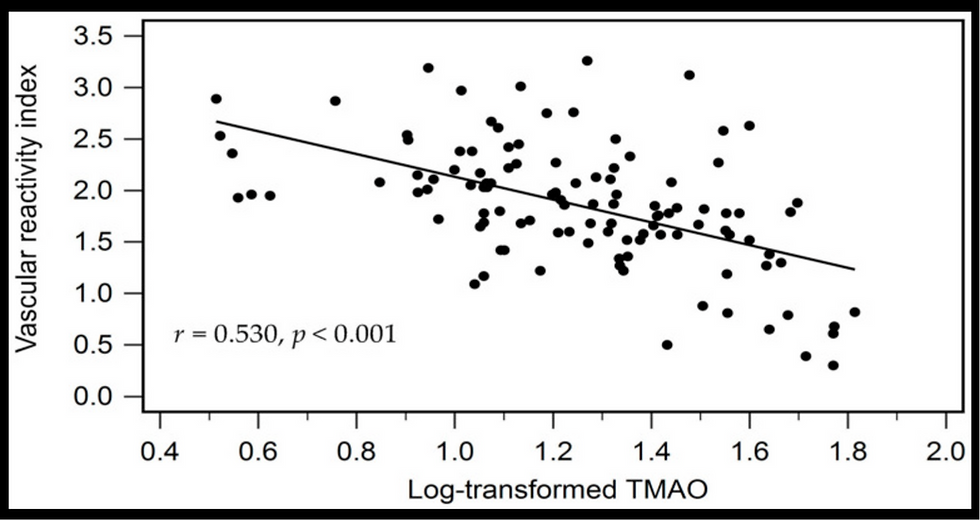The Amazing Rise of Epicardial Fat As an Independent Risk Factor of ASCVD Events
- heartlung
- Jan 16, 2023
- 2 min read
Updated: Jan 18, 2023
Front Cardiovasc Med2021 Apr 21;8:658445
Association Between Epicardial Adipose Tissue and Stroke
Maria Inês Rosa 1, Antonio José Grande 2, Leticia Dorsa Lima 2, Eduardo Ronconi Dondossola 1, Maria Laura Rodrigues Uggioni 1, Adrian V Hernandez 3 4, Gary Tse 5, Tong Liu 6, Octávio Marques Pontes-Neto 7, Giuseppe Biondi-Zoccai 8, Mansueto Gomes Neto 9 10 11 12, André Rodrigues Durães 10, Michel Pompeu B O Sá 13 14 15, Elmiro Santos Resende 16 17, Leonardo Roever 17
Affiliations collapse
Affiliations
1 Laboratory of Biomedicine Translational, University of Extremo Sul Catarinense, Criciúma, Brazil.
2 Department of Medicine, State University of Mato Grosso Do Sul, Mato Grosso, Brazil.
3 Hartford Hospital Evidence-Based Practice Center, University of Connecticut, Hartford, CT, United States.
4 Vicerrectorado de Investigacion, Universidad San Ignacio de Loyola, Lima, Peru.
5 Xiamen Cardiovascular Hospital, Hong Kong, China.
6 Tianjin Key Laboratory of Ionic-Molecular Function of Cardiovascular Disease, Department of Cardiology, Tianjin Institute of Cardiology, the Second Hospital of Tianjin Medical University, Tianjin, China.
7 Stroke Service, Neurology Division, Ribeirão Preto Medical School, University of São Paulo, Ribeirão Preto, Brazil.
8 Department of Medico-Surgical Sciences and Biotechnologies, Sapienza University of Rome, Latina, Italy.
9 Mediterranea Cardiocentro, Naples, Italy.
10 Physical Therapy Department, Federal University of Bahia-Universidade Federal Da Bahia, Salvador, Brazil.
11 Programa de Pós-Graduação em Medicina e Saúde-Universidade Federal Da Bahia, Salvador, Brazil.
12 Physiotherapy Research Group, UFBA, Salvador, Brazil.
13 The GREAT Group, Salvador, Brazil.
14 Division of Cardiovascular Surgery of Pronto Socorro Cardiológico de Pernambuco-PROCAPE, Recife, Brazil.
15 Department of Surgery, University of Pernambuco-Universidade de Pernambuco, Recife, Brazil.
16 Nucleus of Postgraduate and Research in Health Sciences of Faculty of Medical Sciences and Biological Sciences Institute-FCM/ICB, Recife, Brazil.
17 Department of Clinical Research, Federal University of Uberlândia, Uberlândia, Brazil.
Abstract Epicardial adipose tissue (EAT) is correlated with endothelial dysfunction, metabolic syndrome, increased mortality and recent studies showed a possible association with the increased risk of stroke. We performed a systematic review of studies evaluating the association between EAT and stroke. Eighty studies met the inclusion criteria and were consequently analyzed. The review had Five main findings. First, the increased epicardial fat thickness (EFT) may be associated with the stroke episode. Second, regardless of the imaging method (echocardiography, MRI, and CT) this association remains. Third, the association of metabolic syndrome and atrial fibrillation seems to increase the risk of stroke. Fourth, this systematic review was considered as low risk of bias. Despite being unable to establish a clear association between EAT and stroke, we have organized and assessed all the research papers on this topic, analyzing their limitations, suggesting improvements in future pieces of research and pointing out gaps in the literature. Furthermore, the mechanistic links between increased EAT and stroke incidence remains unclear, thus, further research is warranted. Keywords: atherosclerosis; epicardial adipose tissue; metabolic syndrome; stroke; systematic review.

A new measurement site for echocardiographic epicardial adipose tissue thickness and its value in predicting metabolic syndrome FULL TEXT
Measurement of epicardial fat thickness by transthoracic echocardiography for predicting high-risk coronary artery plaques FULL TEXT
The ratio of epicardial to body fat improves the prediction of coronary artery disease beyond calcium and Framingham risk scores FULL TEXT
Cardiac computed tomography-derived epicardial fat volume and attenuation independently distinguish patients with and without myocardial infarction FULL TEXT


![Lipoprotein(a) levels predict endothelial dysfunction in maintenance hemodialysis patients: evidence from [VENDYS] vascular reactivity index assessment](https://static.wixstatic.com/media/dac531_5285607cc591409a9d83746f042af7c6~mv2.png/v1/fill/w_980,h_980,al_c,q_90,usm_0.66_1.00_0.01,enc_avif,quality_auto/dac531_5285607cc591409a9d83746f042af7c6~mv2.png)


Comments